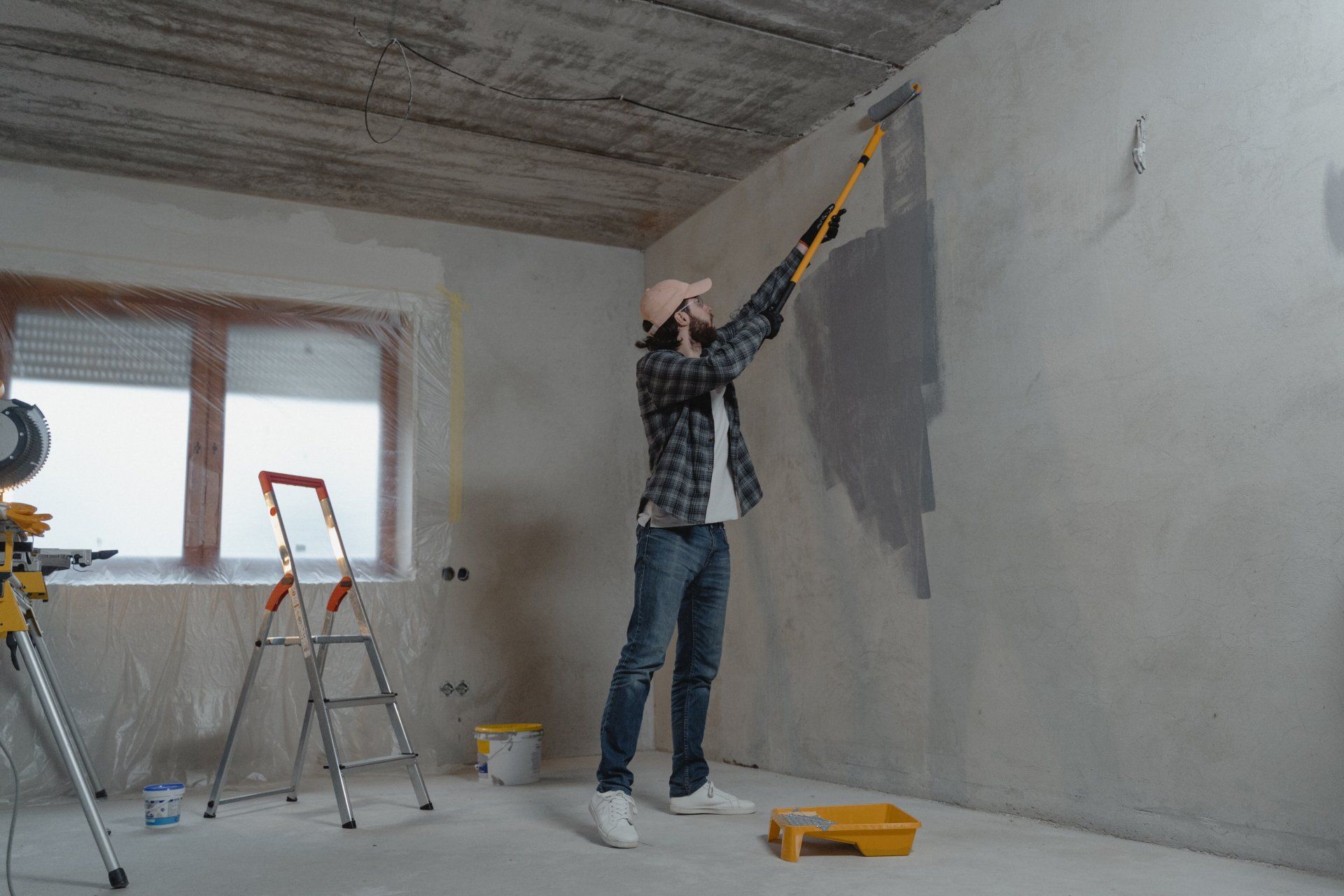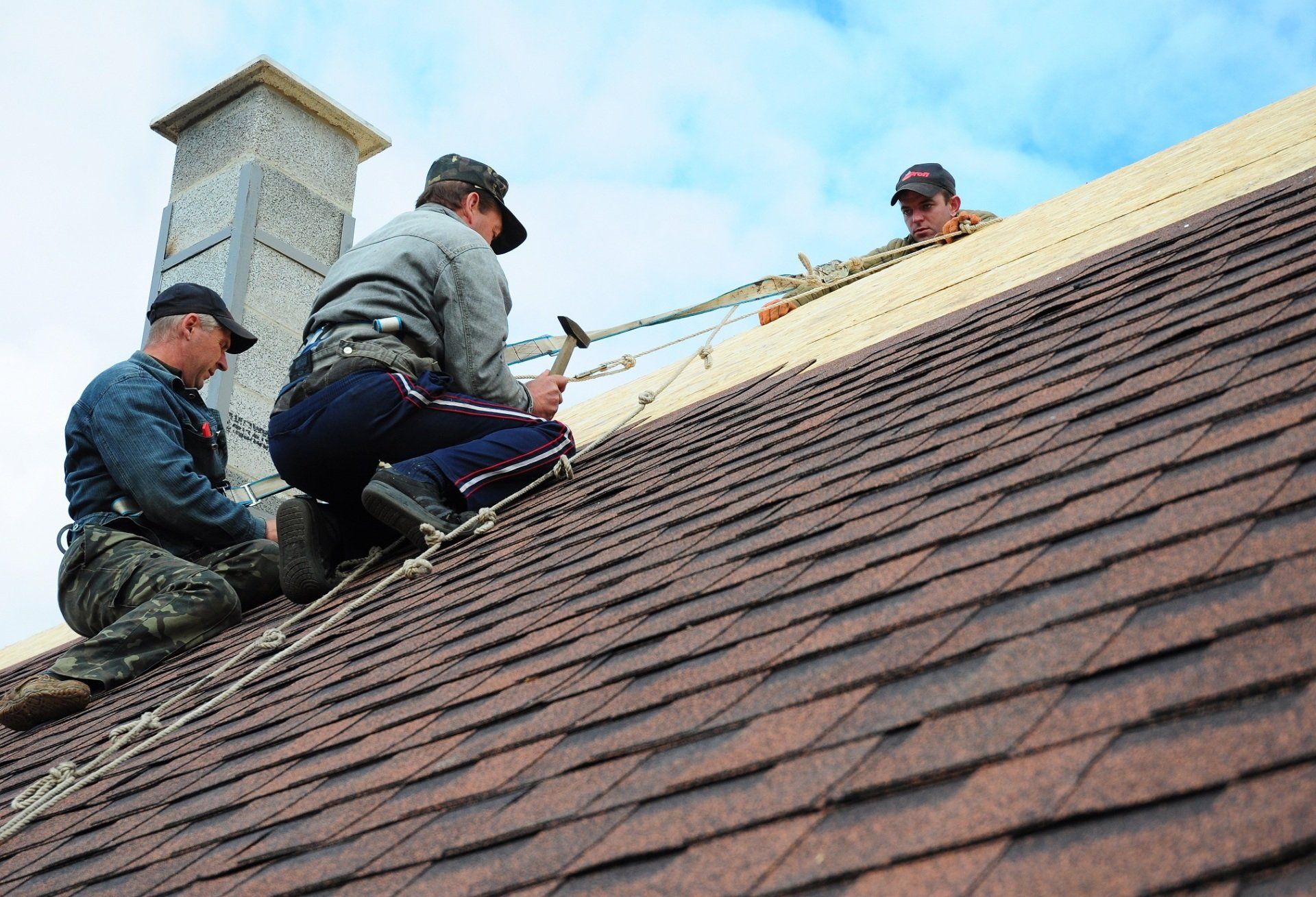A Comprehensive Guide to Fixing and Repairing Cracks in Drywall
Mastering Drywall Repair: Essential Tips for Fixing and Patching Cracks
Cracks in drywall, a common household issue, can detract from the beauty of your home and potentially lead to further damage if not addressed properly.
This detailed guide covers various methods for fixing and repairing cracks in drywall, focusing on different types of cracks, including those in ceilings and around doors.

Understanding the Different Types of Cracks in Drywall
Cracks in drywall can range from hairline to more significant ones and may appear in various locations, such as ceilings or around doors.
Understanding the type and cause of the crack is crucial for an effective repair. For instance, settling cracks often require a different approach compared to simple surface cracks due to movement in the building's structure.
Essential Tools and Materials
Joint compound
Drywall tape or mesh
Putty knife
Sandpaper
Primer and paint
Flex tape (for larger cracks)
Step-by-Step Guide to Fixing Cracks in Drywall
Inspect and Prepare the Crack: Clean the area thoroughly. For larger cracks, widen them slightly with a putty knife for better compound adhesion.
Apply Drywall Tape or Mesh: For more significant cracks, especially those due to settling, apply drywall tape or mesh over the crack as reinforcement.
Joint Compound Application: Fill the crack with a joint compound, ensuring it penetrates deeply into the crack for a solid repair. Apply in layers, allowing each layer to dry before adding the next.
Sanding and Smoothing: Once dry, sand the area smooth. Be meticulous to avoid uneven surfaces.
Priming and Painting: Apply a primer before painting to ensure an even finish and prevent the crack from showing through the paint.
Repairing Cracks in Drywall Ceiling
Cracks in the drywall ceiling are treated similarly but require more caution due to the overhead work. Using a ladder safely and applying compound in upward strokes is key.
Best Practices for Fixing and Repairing Cracks in Drywall
For Settling Cracks: These require monitoring even after repair. If reappearing, consult a structural engineer.
Patching Technique: Use a patching compound and ensure the patched area is slightly overfilled before sanding to create a level surface.
For Cracks Around Doors: These areas might require additional reinforcement due to the stress from door movements. Consider using flex tape for added durability.
The Best Way to Repair Cracks in Drywall
For patching cracks in drywall incorporate flexibility into your repair method to accommodate minor movements. Using flexible joint compounds and reinforcing tapes can provide a more durable solution, especially in areas prone to movement or stress.
Conclusion
Repairing cracks in drywall is an essential maintenance task that preserves the integrity and appearance of your walls and ceilings.
By following these comprehensive steps and using the right materials, you can effectively fix and repair different types of cracks in drywall, ensuring a long-lasting and aesthetically pleasing result.
Remember, for substantial or recurring cracks, especially settling cracks,
consulting a professional may be necessary to address underlying structural issues before you fill in cracks in drywall.
You might also like
Lone Star Home Remodeling Pros - Blog





